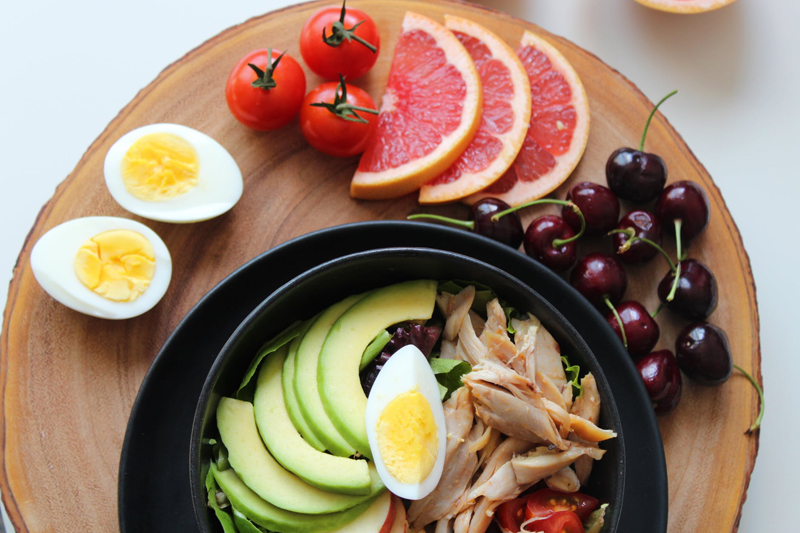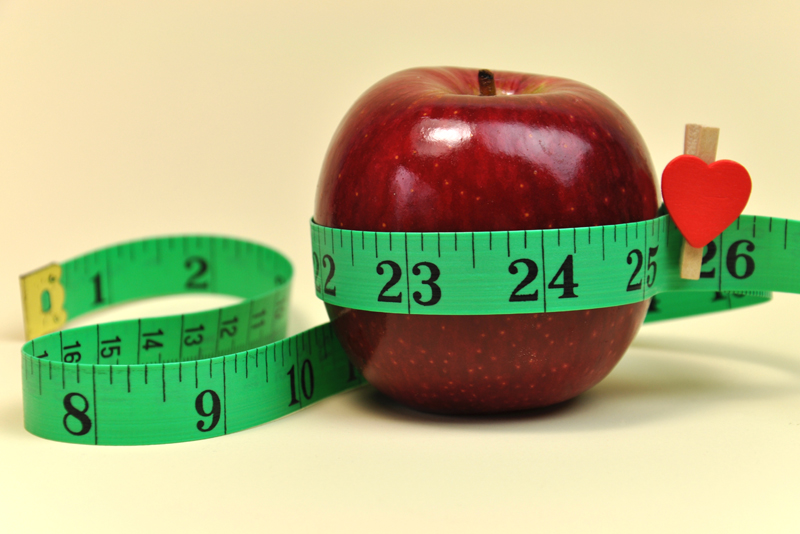Healthy Blood Sugar Levels

A key concern for many low carbers is blood sugar levels. One of the most important aspects of a low carb diet is to equalize your blood sugar levels.
Blood sugar is measuring, as you might imagine, how much sugar is floating around in your blood. Sugar is what your body uses for its normal energy needs, to keep the brain, organs and muscles working properly. You want the amount of sugar going through your body to be fairly constant. It is the swings of high and low caused by eating high-sugar foods that tend to cause problems (and hunger) for people.
There are many inexpensive blood sugar testers on the market, which can test with only tiny pinpoints of blood from your arm or finger. If you have diabetes, they even want you to test up to seven or more times every day!
So, once your machine comes up with a number, how do you know if it's healthy? Different websites offer different ranges. Only your doctor knows what is just right for you personally, but here are ranges offered for the average person.
TOO LOW
Pretty much all sites agree that a value under 60 mg/dL is too low. If you get readings in this range, it's probably very wise to talk with your doctor.
FASTING
This would be the value you have first thing in the morning, or any other time you've gone 8 or more hours without food or drink. Ranges that this should be in are:
70-99 mg/dL
80-120 mg/dL
AFTER EATING
Normally the concern is, if you eat unhealthily, that your blood sugar spikes after you eat something. Not only is this not good for you, but it also means that after the spike comes the fall - and the plummeting blood sugar in the "after spike" causes you to get hungry again, and eat again even though you're not really hungry. Your blood sugar should go up a little, but not much, if you're eating healthily. Ranges are:
70-145 mg/dL
60-160 mg/dL
RANDOM
Random is supposed to mean your "general daily value" - i.e. not after you've fasted, but not necessarily after you've just eaten. Ranges are:
70-125 mg/dL
60-100 mg/dL
PRE-DIABETES
It's hard for doctors to determine who will get diabetes for certain. They have tests to know who has diabetes, but they try to make guesses of who is on a risk path and should take care. Having a blood sugar level which is too high is one of the warning flags for doctors to look at. Ranges that should be discussed with doctors are listed at:
100-126 mg/dL after a fast period
100-199 mg/dL after a fast period
TOO HIGH
Finally, mosts sites and meters list a value of over 200 mg/dL has being too high, and in the range of diabetes. Again, a doctor should be consulted, but if you're seeing readings of over 200 mg/dL, I'd contact one soon.
All of these numbers are ranges, and different doctors have different ranges they feel are proper. It depends on the person, their size, their metabolism and more. Always talk to your doctor about what range is best for you.

Lisa Shea's Library of Low Carb Books
Blood sugar is measuring, as you might imagine, how much sugar is floating around in your blood. Sugar is what your body uses for its normal energy needs, to keep the brain, organs and muscles working properly. You want the amount of sugar going through your body to be fairly constant. It is the swings of high and low caused by eating high-sugar foods that tend to cause problems (and hunger) for people.
There are many inexpensive blood sugar testers on the market, which can test with only tiny pinpoints of blood from your arm or finger. If you have diabetes, they even want you to test up to seven or more times every day!
So, once your machine comes up with a number, how do you know if it's healthy? Different websites offer different ranges. Only your doctor knows what is just right for you personally, but here are ranges offered for the average person.
TOO LOW
Pretty much all sites agree that a value under 60 mg/dL is too low. If you get readings in this range, it's probably very wise to talk with your doctor.
FASTING
This would be the value you have first thing in the morning, or any other time you've gone 8 or more hours without food or drink. Ranges that this should be in are:
70-99 mg/dL
80-120 mg/dL
AFTER EATING
Normally the concern is, if you eat unhealthily, that your blood sugar spikes after you eat something. Not only is this not good for you, but it also means that after the spike comes the fall - and the plummeting blood sugar in the "after spike" causes you to get hungry again, and eat again even though you're not really hungry. Your blood sugar should go up a little, but not much, if you're eating healthily. Ranges are:
70-145 mg/dL
60-160 mg/dL
RANDOM
Random is supposed to mean your "general daily value" - i.e. not after you've fasted, but not necessarily after you've just eaten. Ranges are:
70-125 mg/dL
60-100 mg/dL
PRE-DIABETES
It's hard for doctors to determine who will get diabetes for certain. They have tests to know who has diabetes, but they try to make guesses of who is on a risk path and should take care. Having a blood sugar level which is too high is one of the warning flags for doctors to look at. Ranges that should be discussed with doctors are listed at:
100-126 mg/dL after a fast period
100-199 mg/dL after a fast period
TOO HIGH
Finally, mosts sites and meters list a value of over 200 mg/dL has being too high, and in the range of diabetes. Again, a doctor should be consulted, but if you're seeing readings of over 200 mg/dL, I'd contact one soon.
All of these numbers are ranges, and different doctors have different ranges they feel are proper. It depends on the person, their size, their metabolism and more. Always talk to your doctor about what range is best for you.

Lisa Shea's Library of Low Carb Books

Related Articles
Editor's Picks Articles
Top Ten Articles
Previous Features
Site Map
Follow @LisaLowCarb
Tweet
Content copyright © 2023 by Lisa Shea. All rights reserved.
This content was written by Lisa Shea. If you wish to use this content in any manner, you need written permission. Contact Lisa Shea for details.










